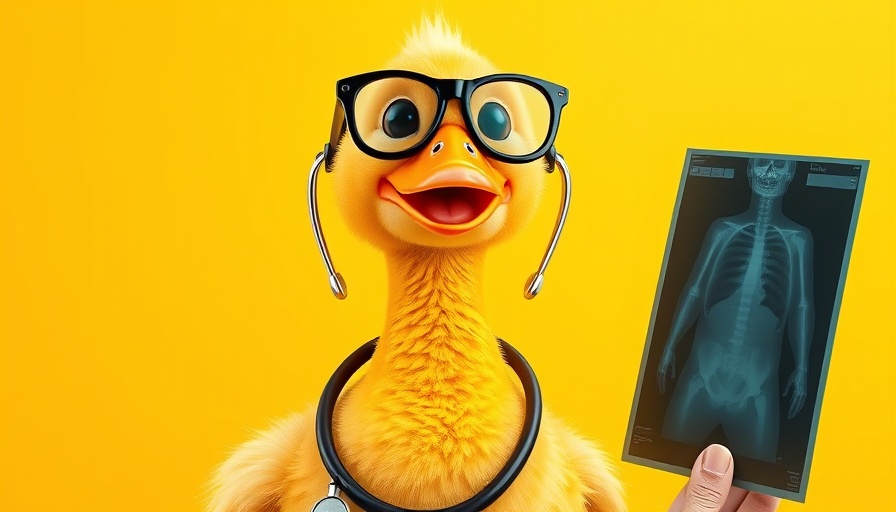
Revolutionizing Communication in Healthcare
In the fast-paced world of healthcare, effective communication is paramount. With a myriad of departments working tirelessly behind the scenes—ranging from IT to customer support—the need for precise and coherent messaging can easily be overlooked. Enter Grammarly Pro, a tool that enhances clarity and collaboration among healthcare teams, ensuring that all communication is both concise and compliant with HIPAA regulations.
How Grammarly Pro Enhances Team Collaboration
Grammarly Pro emerges as a powerful ally in healthcare settings, where clear communication can significantly shape patient experiences. The software offers features that allow team members to maintain a consistent brand voice across various platforms. With seamless integration into tools like Microsoft and Google accounts, it enhances productivity while enabling writers to communicate effectively across departments.
Simplifying the Writing Process for Busy Professionals
The sheer usability of Grammarly Pro stands out as a game-changer for busy healthcare professionals. With just one click, users can effortlessly adjust tones and rewrite sentences for clarity. The built-in Snippets feature promotes efficiency by allowing teams to create templates for commonly used phrases, thus ensuring adherence to brand standards while saving valuable time.
Why Every Healthcare Organization Should Consider Grammarly Pro
The role of communication in healthcare cannot be overstated; it not only influences patient satisfaction but also enhances teamwork among staff members. By utilizing Grammarly Pro, healthcare organizations can streamline their communication strategies, which leads to improved operational efficiency and a stronger connection to their brand promise. As the healthcare landscape continues to evolve, tools that enhance the clarity and effectiveness of communication will be vital in moving the sector forward.
 Add Row
Add Row  Add
Add 




Write A Comment